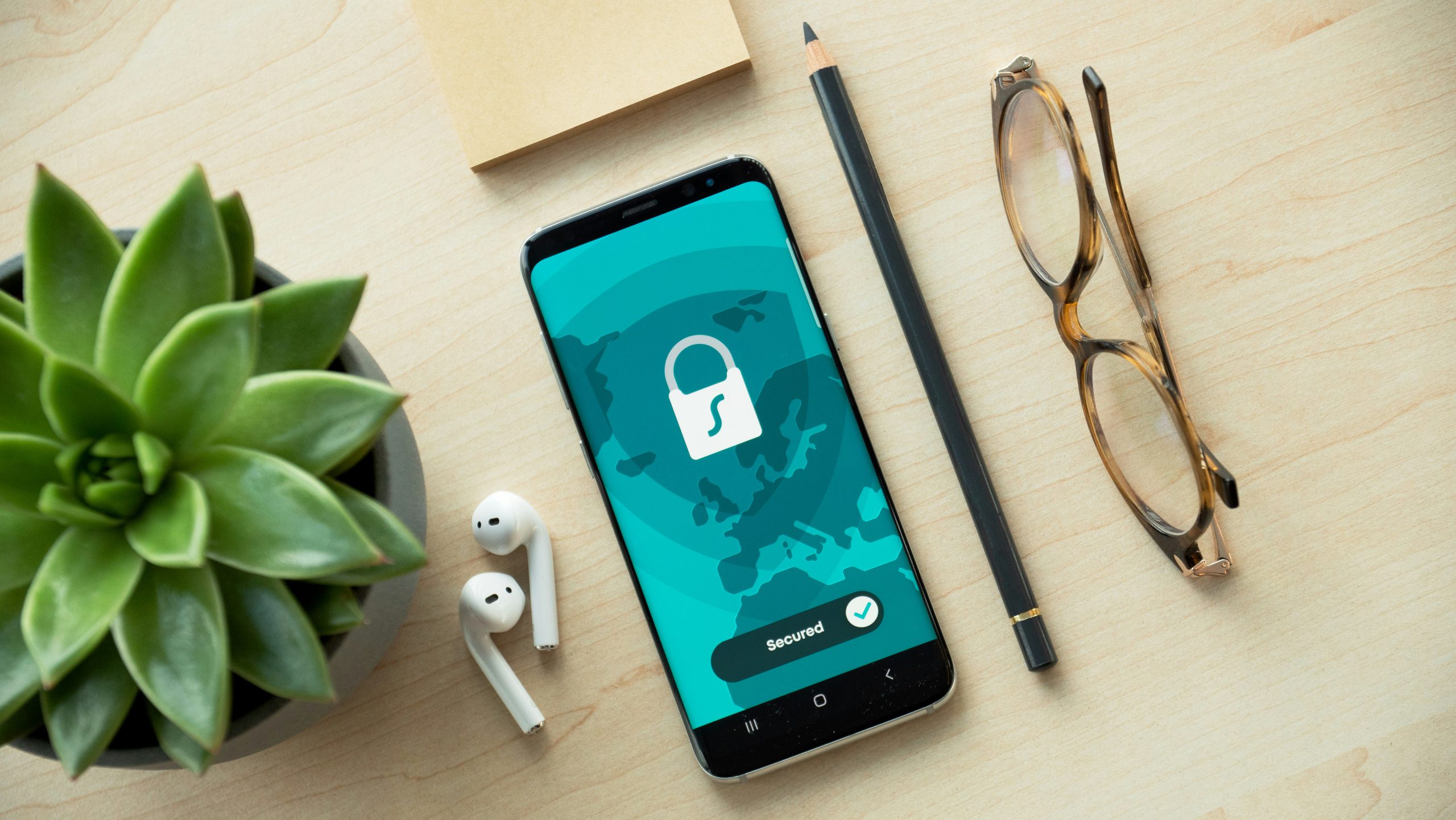Artificial Intelligence is making waves in the creative industry, raising the question: Can AI replace human artists? From AI-generated paintings to music composition, machines are now capable of producing creative works that rival human-made content.
AI-powered tools like DALL·E and MidJourney can generate stunning artwork based on text descriptions. These tools use deep learning models to mimic different artistic styles, allowing users to create unique digital art without any prior design skills.
In music, AI composers like AIVA and Amper Music can generate original melodies and soundtracks. This is particularly useful in film scoring, video game music, and commercial jingles, where AI can produce high-quality compositions in seconds.

AI is also changing the way we write content. Tools like ChatGPT and Jasper AI assist writers by generating articles, scripts, and even poetry. While these tools enhance productivity, they still lack the emotional depth and originality of human creativity.
Although AI can assist and inspire creativity, it is unlikely to fully replace human artists. Creativity is deeply rooted in human experiences, emotions, and culture—something that AI has yet to truly understand. Instead, AI should be seen as a collaborative tool that enhances artistic expression.





